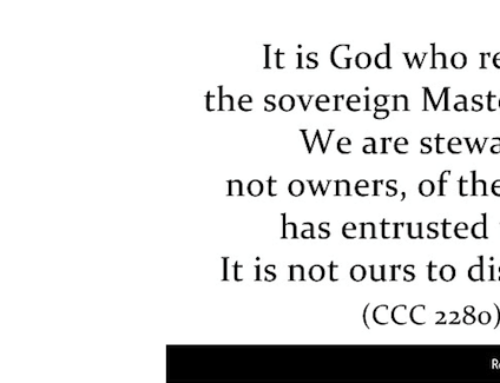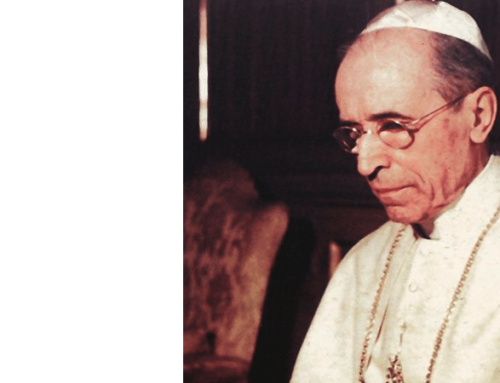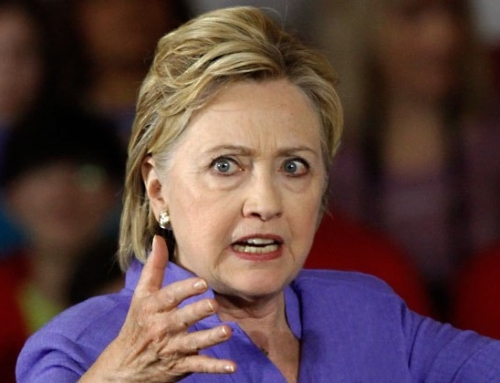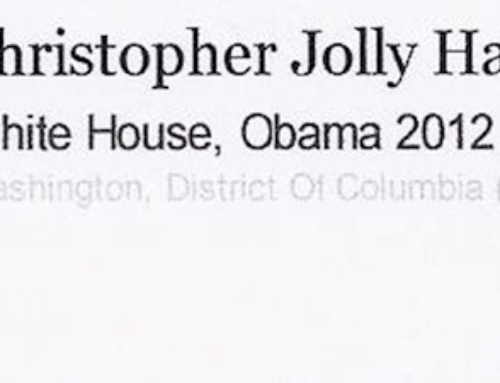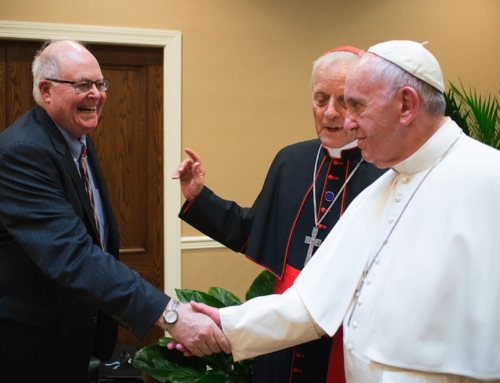by Ronald Rychlak
(Catalyst 12/2000)
The role of Pope Pius XII during the 1930s and World War II has become a matter of international intrigue. Like most governments, the Vatican, keeps its records closed until after the death of all involved. The files are now open up through 1922. However, due to interest in this era, Pope Paul VI commissioned four Jesuit priests to collect, edit, and publish official documents of the Holy See relating to World War II.
The documents were assembled from 1965 through 1981 and published in 11 volumes (in 12 books) under the title: Actes et Documents du Saint Siege Relatifs a la Seconde Guerre Mondiale. These documents reveal that the Vatican, under Pius XII’s direction, did a great deal to assist Jews attempting to flee Nazi persecution. Unfortunately, these volumes have been all but ignored by most historians.
Last year, Edward Cardinal Cassidy, president of the Pontifical Commission for Religious Relations with the Jews, and Seymour Reich, of the International Jewish Committee for Interreligious Consultation, put together an international six-member (three Catholics and three Jews) study group to study the documents.
Unfortunately, several of the members of this group had already publicly expressed negative opinions about Pope Pius XII. Just after the committee was named, one of the members (Robert Wistrich of Hebrew University) said: “Pius XII did not perform in a way that reflects any credit on the Vatican or on the Catholic church…. He wound up in a position where he was complicit in German policy.”
Perhaps more troubling is that from the very beginning, the study group rejected its charge to read the documents. They demanded access to the entire Vatican archives and made it quite clear that they did not want to be limited to the published volumes. Professor Wistrich, for instance, told the press that to read the volumes without having access to the archives would be “a farce.” Leon Feldman, Emeritus Professor of History at Rutgers University and “Jewish coordinator” for the study group said he thought there was a “smoking gun” in the archives and that was the reason the Vatican kept the archives closed.
This attitude, in addition to being a direct rejection of the committee‘s charge, was a slap at the Holy See and the four Jesuits who compiled the documents over the period of 16 years. It also reveals a total lack of understanding about how the Vatican operated during the war.
During the war, when the Nazis occupied Rome, paperwork was dangerous to create and far too dangerous not to destroy. Thus, records did not survive. Fr. Gerald Fogarty of the University of Virginia and a member of the study group gave an example: “In the spring of 1940 there was an attempt to oust Hitler by a group of generals who later tried to surrender to the English. The negotiations took place with the Vatican‘s mediation and the knowledge of Pius XII. However, there are no documents on this case in the Vatican.” Documents confirming this event appear only in British archives.
By the same token, if there were evidence to be had showing bad faith on the part of Pius XII, it would show up in archives from other nations. Nevertheless, the study group‘s conviction that hidden documents are in the archives has clearly shaped its work.
The group traveled to Rome on October 23-26, to meet with Vatican officials and answer some questions. At least two weeks before the trip they sent 47 questions ahead so that the Congregation for the Causes of Saints and other officials at the Vatican could prepare answers.
Fr. Peter Gumpel, SJ, relator of the cause of Pius XII, worked for two weeks preparing answers to those questions. He declined offers of assistance from myself and others because he thought the questions were to be kept confidential. He prepared 47 separate dossiers, with extensive documentation.
Gumpel expected to have about three days to go over these questions with the group. Instead he met with them for only a few hours. He presented evidence relating to 10 of the questions, but when they left he had 37 unopened files.
While the meetings in Rome were still taking place, the study group‘s “interim report” was published in its entirety on the International B‘nai B‘rith Association‘s website. It was later reported that group member Bernard Suchecky, of the Free University of Brussels, had leaked the report to the French newspaperLe Monde.
The Associated Press called the interim report “explosive.” The New York Times said the 47 questions expressed the dissatisfaction of the six panel members with Vatican records. Le Monde of Paris said they pointed to failures of the Pope and Church.
Fr. Gumpel was justifiably outraged. Not only had the group denied him the opportunity to present all of the evidence that he had worked so hard to prepare, but the report as published was identical to the 47 questions that had been sent to him two weeks earlier. In other words, the study group had not used any of his detailed information to modify the report or their questions.
“I find the conduct of the international, historical Judeo-Catholic commission disloyal to the Holy See, academically unacceptable and incorrect,” Father Gumpel said. “If they wished to have a wide discussion, and give us the possibility to provide exhaustive answers to each question, the time fixed by them was insufficient.” He speculated as to the group‘s purpose: “Did they wish to influence public opinion against Pius XII and the Church? This has happened precisely when we Catholics are making all kinds of efforts to improve relations with the Jewish world… I find this conduct disloyal and dishonest,” he concluded.
Why was Fr. Gumpel so upset? A review of the interim report provides the answer. The primary thrust of the report was a demand for full access to the Vatican archives. However, while they were demanding more documents, members of the study group had not even each read all of the volumes from the Acts and Documents collection. They had assigned themselves only two volumes each to study (although Prof. Wistrich did ask for a third). Moreover, none of the Jewish can members read Italian, which is the most common language in the collection. As such, they had to rely on translators.
One would have assumed that these scholars were selected because they were relatively familiar with these documents. Apparently that was not the case. It seems that no one owned a copy of the volumes. For a while, the group could not locate any copy of volume 6. Moreover, they were surprised by what they found in the documents. Member Eva Fleischner of Montclair University said: “I was staggered when I read the documents. It is obvious that the Holy See was informed of the Holocaust very early.”
Prof. Fleischner should not have been “staggered.” Anyone familiar with the documents knows that the Vatican was well informed. The real question is how the early reports were received. Many Allies discounted these reports. For our purposes, however, the interesting fact is that Prof. Fleischner apparently had never previously read the documents.
Having only two or three volumes each, being unfamiliar with them, and having difficulty reading those that they did have led to serious confusion for the study group. In fact, the questions contained in the interim report suggest that the study group did not do its homework.
A typical example is question number 44, which asks about a report commissioned by the Vatican to explain its policy regarding Poland. In an accusatory tone, the group asked whether such a report was ever prepared and whether the Holy See could produce a copy of it.
I own a copy of this document (as I own a full set of the Acts and Documents collection). Another copy may be found in the New York Public Library. It is entitled “Pope Pius and Poland,” and it was published by The America Press in 1942. Carrying the Imprimatur of Cardinal Francis J. Spellman, it is a documentary outline of papal pronouncements and relief efforts on behalf of Poland since March 1939. It originally sold for a dime. It should not have been hard for the study group to find a copy.
The group also asked about the Vatican‘s reaction to Kristallnacht (“The Night of the Broken Glass”) in November 1938. That night, the Nazis destroyed 1,400 synagogues and stores belonging to Jewish citizens in Germany and Austria. This question (like the one about papal encyclical Mit brenender Sorge) is not really about WWII or Pope Pius XII‘s pontificate. This took place under Pope Pius XI. Nevertheless, the atrocity was duly reported as such in the Vatican‘s newspaper, L‘Osservatore Romano. One would have expected the scholars in this study group to have at least have been aware of this fact.
The real outrage of the interim report is that the questions are worded more like accusations, with charges that are impossible to answer. The Holy See is asked to disprove negative charges. They ask whether the Pope gave thanks for things before they took place, and whether the testimony of numerous witnesses, all of who support one another, can be confirmed in some other manner. They expect to find documents that do not exist. They raise questions about the veracity of four Jesuit priests who compiled 11 volumes of documents, without themselves even having each read the 11 volumes.
The point of this study group was to raise the level of the discussion. By engaging in speculation, they have accomplished the opposite. They have increased the heat, not the light, and they did this precisely because they failed to carry out a simple mandate: read the documents.


